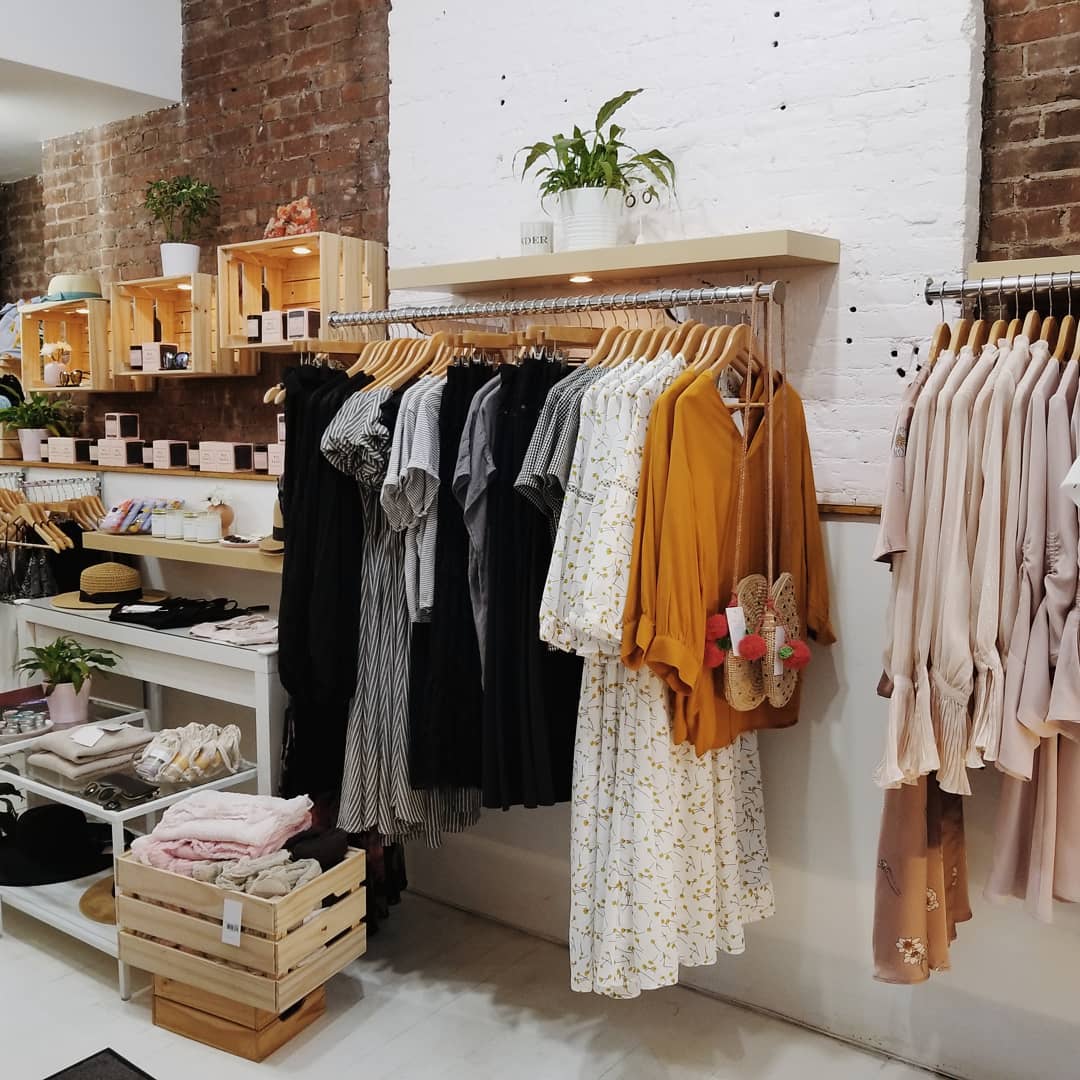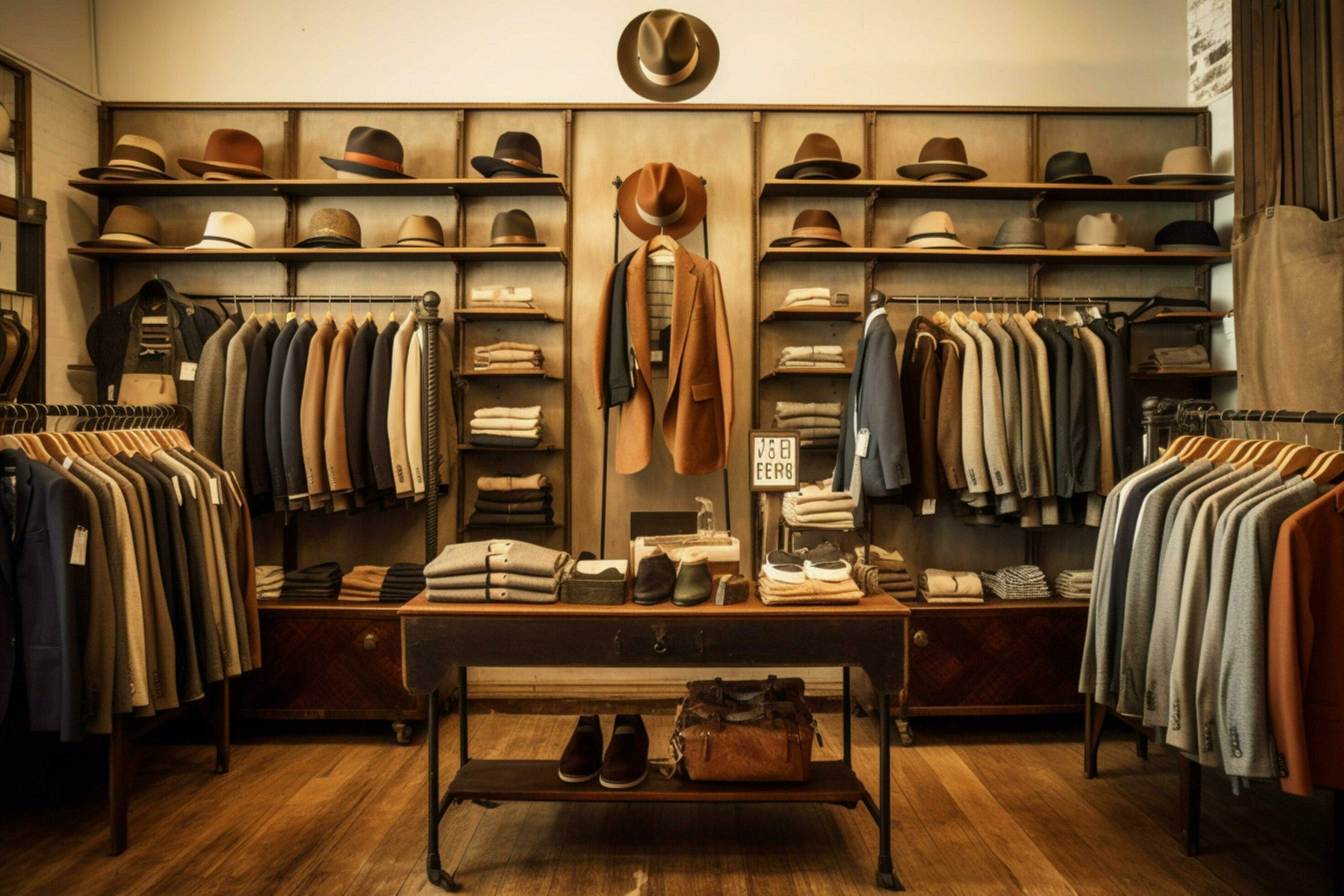Exploring the World of Sustainable Boutique Fashion Brands
Exploring the World of Sustainable Boutique Fashion Brands
Blog Article
Checking Out the Advancement and Impact of Apparel on Modern Fashion Trends
The advancement of clothing has actually substantially affected contemporary fashion patterns, combining historic precedents with cutting-edge innovations. Legendary numbers like Coco Chanel and Yves Saint Laurent changed the garment industry by introducing concepts that prioritize comfort and access, which remain to reverberate today. On the other hand, technological strides in locations such as 3D printing and smart textiles are redefining design possibilities and consumer experiences. Additionally, the expanding emphasis on inclusivity and sustainability is reshaping sector criteria. As we think about these multifaceted influences, one should doubt how these aspects collectively redefine style's role in mirroring and forming modern culture.
Historic Fashion Influencers
In the tapestry of style history, specific figures have left an enduring mark, forming the fads and styles that define whole ages. Coco Chanel, an innovative developer, redefined ladies's fashion by presenting comfortable, sophisticated apparel that left from restrictive bodices.
Elsa Schiaparelli is one more crucial figure, renowned for her avant-garde styles that incorporated surrealist art, working together with Salvador Dalí to produce wayward items that challenged standard aesthetics. Her cutting-edge usage of color and bold patterns reverberates in modern style. Yves Saint Laurent, meanwhile, equalized high fashion with prêt-à-porter collections, bringing path styles to the masses and setting a criterion for modern ready-to-wear lines.
These dreamers, among others, not just changed style in their times however also established sustaining fads that reverberate in today's garment industry, providing a foundation upon which modern designers remain to develop and introduce. Their traditions underscore the significance of imagination and daring in vogue's ever-evolving narrative.
Technical Innovations in Fashion
In the middle of the dynamic landscape of the apparel industry, technological innovations stand at the forefront of innovation, reshaping exactly how designers produce and customers engage with style. The assimilation of 3D printing has actually transformed design procedures, enabling developers to explore complex structures and sustainable products that were previously inconceivable. This modern technology promotes quick prototyping, decreasing waste and expediting manufacturing times.

Smart textiles, installing technology into materials, are likewise transforming the sector. Developments like temperature-regulating and self-cleaning textiles provide boosted performance and comfort. Wearable modern technology, incorporating features like fitness tracking and communication, adds a new dimension to style, combining looks with usefulness.
Social Shifts and Design
As technical innovations remain to reshape the apparel industry, social shifts are similarly influential, redefining design and customer preferences. Recently, the rise of social networks platforms has actually increased the dissemination of worldwide fashion patterns, enabling diverse social impacts to exist together and assemble. This digital interconnectivity has promoted the fast exchange of concepts, leading to an extra diverse and comprehensive interpretation of design that shows the multifaceted nature of modern-day society.
Social awareness and gratitude have motivated designers to attract motivation from a wider range of historical and ethnic contexts, integrating typical concepts with contemporary aesthetics. This combination has actually led to style that resonates with a wider target market, promoting a sense of identity and belonging throughout various demographics. In addition, the boosting need for customization has driven brands to offer personalized choices, allowing customers to share individuality while mirroring their cultural heritage.
Additionally, changing social values have actually affected style, with inclusivity and diversity ending up being main themes. The sector has started to accept models and influencers of different type of body, ethnicities, and gender identifications, tough conventional appeal requirements. his explanation This change emphasizes the power of cultural changes in forming the future of style, as style comes to be a more genuine expression of personal and cumulative identity.
Sustainability and Modern Style
While the garment industry remains to evolve, the crucial for sustainability has actually become increasingly immediate, influencing modern design practices. This change intends to address honest factors to consider and environmental worries, causing a reevaluation of typical production approaches. Designers are now integrating lasting materials, such as natural cotton, recycled polyester, and eco-friendly textiles, into their collections, decreasing the eco-friendly footprint of fashion. The surge of slow fashion, which emphasizes top quality over amount, motivates consumers to buy ageless pieces instead of short-term patterns.
Furthermore, modern layout is identified by its innovation in decreasing waste and promoting circularity. This technique not just mitigates environmental influence but likewise improves the social obligation of style residences.

Future Trends in vogue
-a1f7b3f.jpg)
Sustainability will remain to be a driving pressure in forming future style patterns. The sector is progressively adopting environment-friendly products and ethical manufacturing techniques, reacting to an expanding customer demand for accountable methods. Innovations such as bio-fabricated products and closed-loop recycling systems are readied to redefine just how apparel is created and consumed, minimizing environmental impact while keeping style and quality.
Social changes, including the increase of inclusivity and you can check here diversity, will certainly likewise play a pivotal duty. As culture ends up being a lot more familiar with social issues, style is expected to come to be a platform for expression and modification. Designers will likely focus on creating collections that reflect a broader series of experiences and identifications, promoting depiction and accessibility.
Final Thought
The evolution of apparel considerably influences contemporary fashion trends, where historical influences combine with contemporary layouts. Secret figures like Coco Chanel and Yves Saint Laurent have redefined style, while technological innovations such as 3D printing and clever textiles broaden creative possibilities. Cultural shifts towards inclusivity and sustainability compel brand names to welcome and adopt honest techniques diversity. This continuous advancement highlights fashion's duty as a mirror to social values and technological development, recommending a future abundant with development and inclusivity.
The evolution of clothing has dramatically influenced modern style trends, merging historic precedents with sophisticated developments.Amidst the vibrant landscape of the style sector, technological developments stand at the leading edge of innovation, improving just how developers create and customers engage with fashion.While the style industry continues to advance, the necessary for sustainability has actually become increasingly urgent, Click This Link influencing modern-day design techniques. As sustainability comes to be embedded in contemporary style, it leads the way for a more aware and liable style market.
The evolution of clothing dramatically impacts modern-day style patterns, where historical impacts combine with modern styles.
Report this page